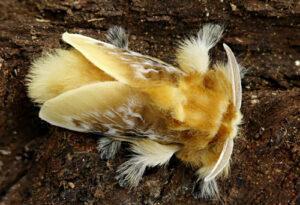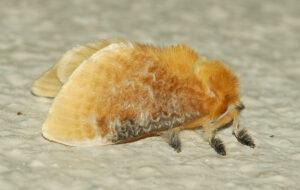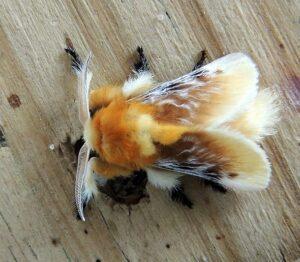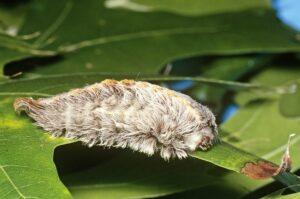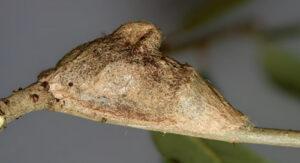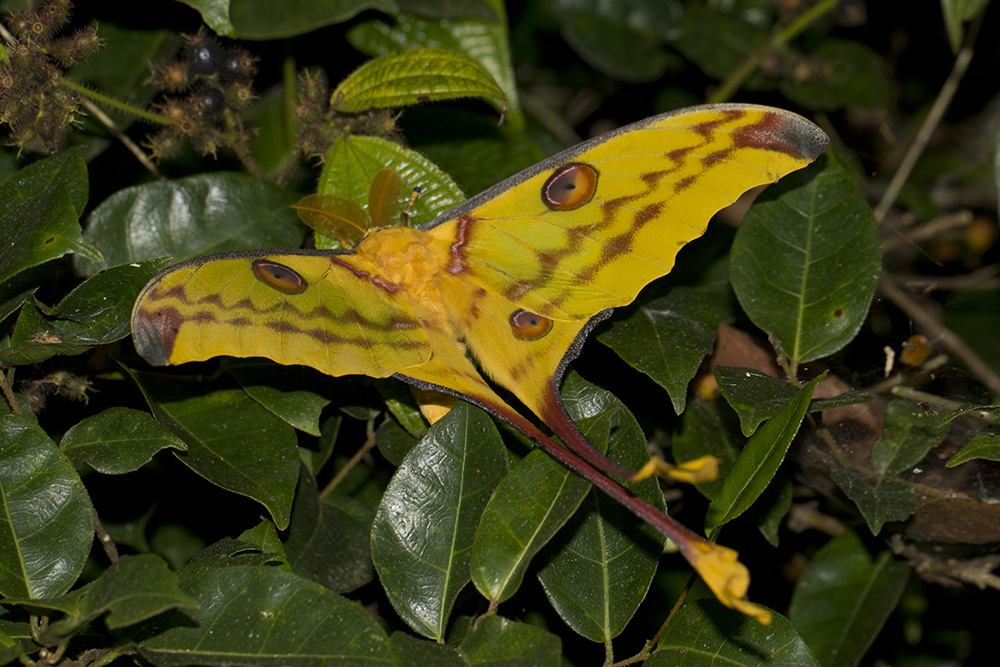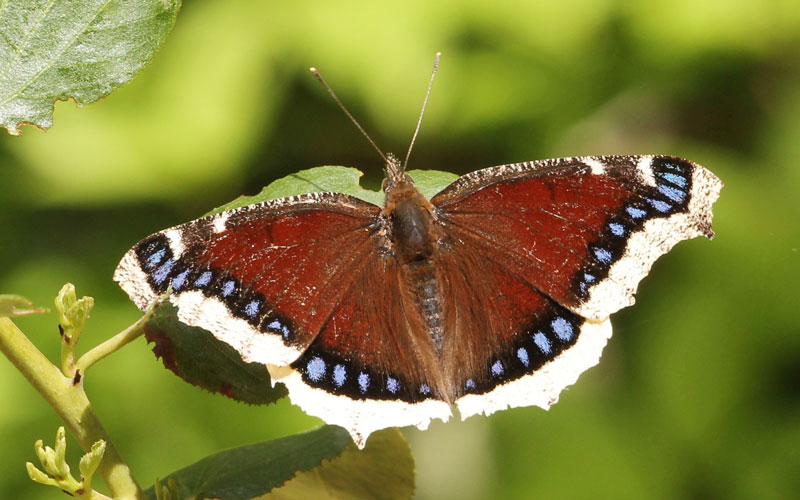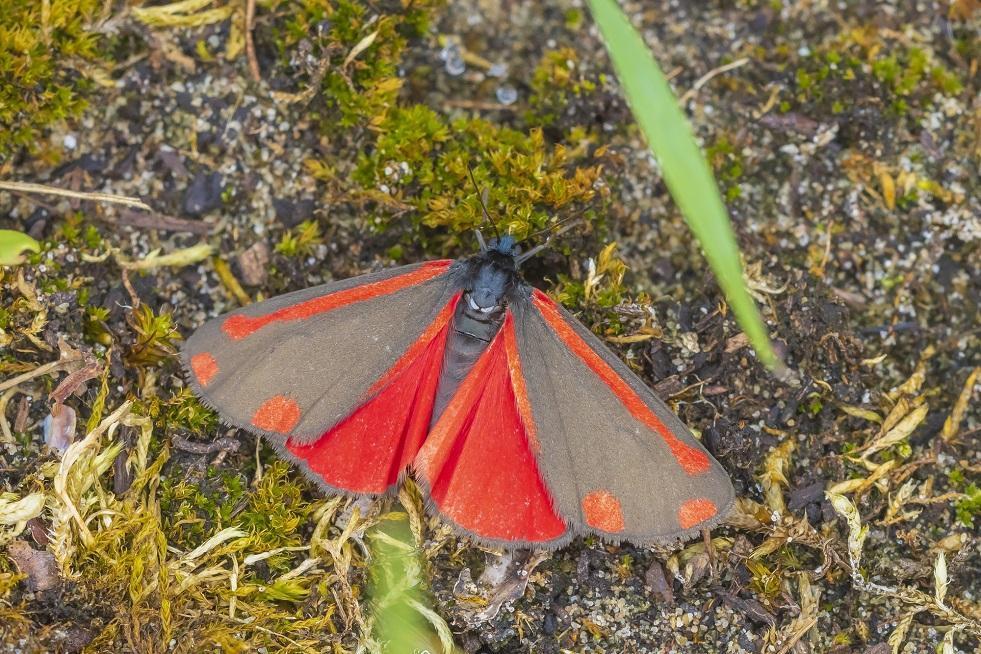Southern Flannel Moth (Megalopyge opercularis)
Updated on
17/11/2022The southern flannel moth of the Megalopygidae or flannel moth family is a small-sized attractive moth species. It is more famous or rather infamous due to its larval form, being one of the most venomous caterpillars in the United States. The caterpillar form is known by various names like the puss caterpillar, woolly slug, asp caterpillar, and fire caterpillar. It is primarily found in the southeastern United States. Like other flannel moth species, the southern flannel moth has fur-like setae on its body that give them a fluffy look, resulting in its name.
Scientific Classification
- Class:Insecta
- Order:Lepidoptera
- Family:Megalopygidae
- Genus:Megalopyge
- Species:M. opercularis
Conservation Status
Description
They are sexually dimorphic, with females larger than males. The females also have thin antennae, while the males have long and feathery antennae.
The forewings appear yellow with black patches near the costal margins. In males, the black coloration is more prominently visible. The hind wings are creamy yellow in both males and females. The hair-like setae covering their wings are white, while the portion surrounding their thorax is orange.
Distribution: Throughout the Eastern United States from southeastern Virginia to Florida, Southern United States, Mexico, and some parts of Central America
Habitat: Deciduous forests and gardens mostly found around plants likeelm, oak, wild plum, ivy, roses
Do they bite: Yes, the caterpillar stage of this moth is infamous for their painful sting
Lifespan: Not recorded
Predator: Wasps, green lacewings, flies
Behavior and Characteristics
Diet
The larva feeds on the leaves of several plants like apple, orange, hackberry, rose, pecan, and persimmon. The adult moths consume the nectar of host plants.
Life Cycle
The southern flannel moth has two broods per year, one in early summer and the other in fall. The females mate on the very first night after emerging from the cocoon. They lay their eggs on the first and second night of mating on the foliage or in between twigs. She protects the hair by covering them with the hair from the undersides of her abdomen.
1. Egg Stage
The eggs are 1.2 mm long and 0.6 mm wide. They have a light yellow coloration, appearing a little rounded towards the end. The eggs take between six and eight days to hatch into a larva.
2. Larva Stage
The larva of the southern flannel moth has a fluffy, furry body closely resembling a Persian cat, resulting in its alternate name, puss caterpillar. The number of instars the larvae go through isn’t definite, five being the least and ten the most. In the first two instars, they are yellow, turning to greenish–white and then white in the later instars. As they progress to the later instar stage, their body is barely visible since it remains covered by the thick layer of setae. The setae or fur has hollow spines with a venom gland near the base. These deadly spines can barely be seen since they remain hidden under the furry setae.
The larvae of most moth families have five pairs of prolegs. The flannel moth larvae are an exception, with seven prolegs pairs.
3. Pupa Stage
Their abdominal segments are moveable, with the dorsal part of these segments having spiny projections. The cocoon encasing the pupa is about 2cm long with a hair pocket at the back. These cocoons are hardy and tough, seen hanging from trees even after the emergence of the adult moth.
Do the Caterpillars of the Southern Flannel Moth Sting
The caterpillars of the southern flannel moth produce a painful sting in humans with their venomous spines upon contact. The sting is excruciating, with victims comparing the pain to a broken bone. Most of the symptoms are localized and confined to the affected area. However, it can cause headaches, nausea, vomiting, fever, blisters, and even chest pain and abdominal distress in severe cases.
Source
entnemdept.ufl.edu, auth1.dpr.ncparks.gov, mothidentification.com, southernliving.com,




